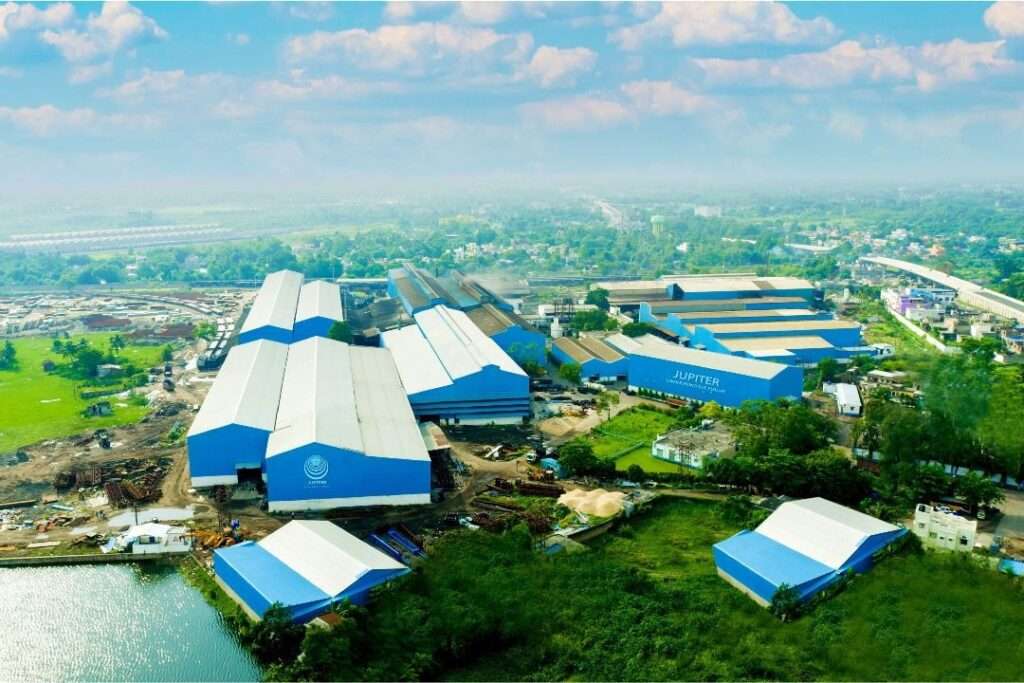Union Minister Pralhad Joshi announced that global investments in solar energy are projected to reach $500 billion in 2024, up from $393 billion in 2023. Speaking at the 7th General Assembly of the International Solar Alliance (ISA), he emphasized that solar power has become the most cost-effective energy source in many areas, surpassing traditional fossil fuels like coal and gas.
Joshi, who also serves as the President of ISA, highlighted the rapid growth of solar investments, noting that they increased from $144 billion in 2018 to $393 billion last year. This surge is driving down solar energy costs globally and facilitating the addition of new capacity.
He outlined ISA’s ambitious ‘Towards 1000’ strategy, which aims to mobilize $1 trillion in investments for solar energy solutions by 2030. This plan includes providing energy access to one billion people, installing 1,000 gigawatts of solar capacity, and reducing carbon dioxide emissions by one billion metric tons annually.
Under Prime Minister Narendra Modi’s leadership, India has set aggressive renewable energy targets. Joshi pointed out that the country recently reached 90 gigawatts of installed solar capacity and is progressing towards a goal of 500 gigawatts of renewable energy capacity by 2030. India also aims to produce five million metric tons of green hydrogen by 2030, supported by 125 gigawatts of renewable energy.
To support these initiatives, the Union Budget for 2024-25 includes a 110 percent increase in funding for solar projects, along with targeted support for programs like the PM-Surya Ghar Muft Bijli Yojana. Joshi underscored the importance of this funding, along with exemptions on critical mineral imports, as part of India’s commitment to leading in solar innovation.
With 120 member countries, ISA plays a vital role in mobilizing resources and facilitating solar project deployment, especially in least-developed and small island developing states. Joshi noted that ISA has completed 21 out of 27 demonstration projects, showcasing the potential for solar energy development.
The launch of a solar data portal in 2024 will provide real-time information on solar resources and investment opportunities, transforming engagement with solar projects. Additionally, the Global Solar Facility aims to attract commercial capital for solar initiatives in underserved regions, with pilot projects already underway in the Democratic Republic of Congo. India plans to host a pavilion called the Solar Hub at the upcoming COP29, where high-level sessions will encourage global participation in solar energy initiatives.







